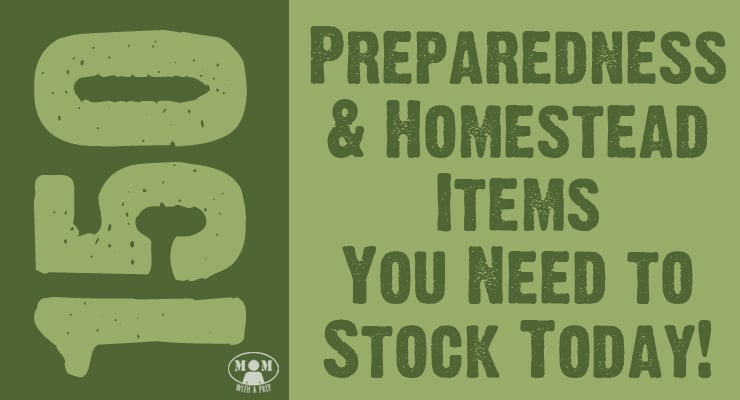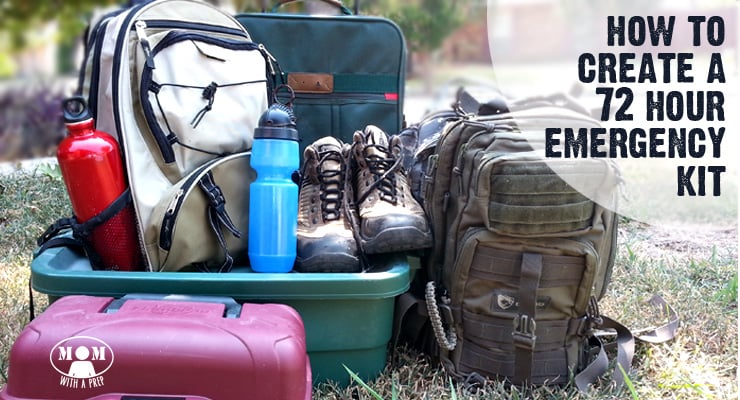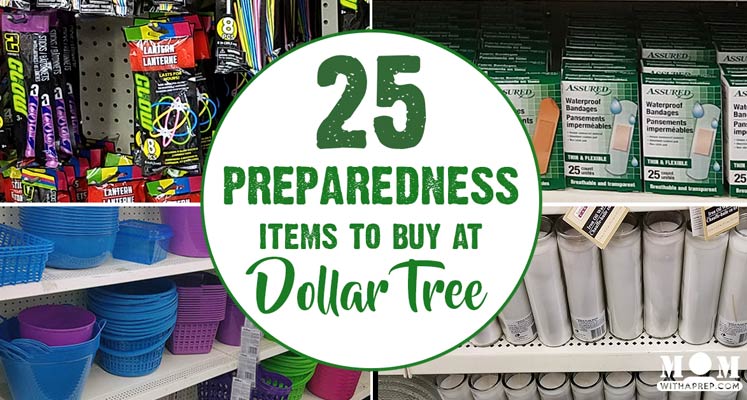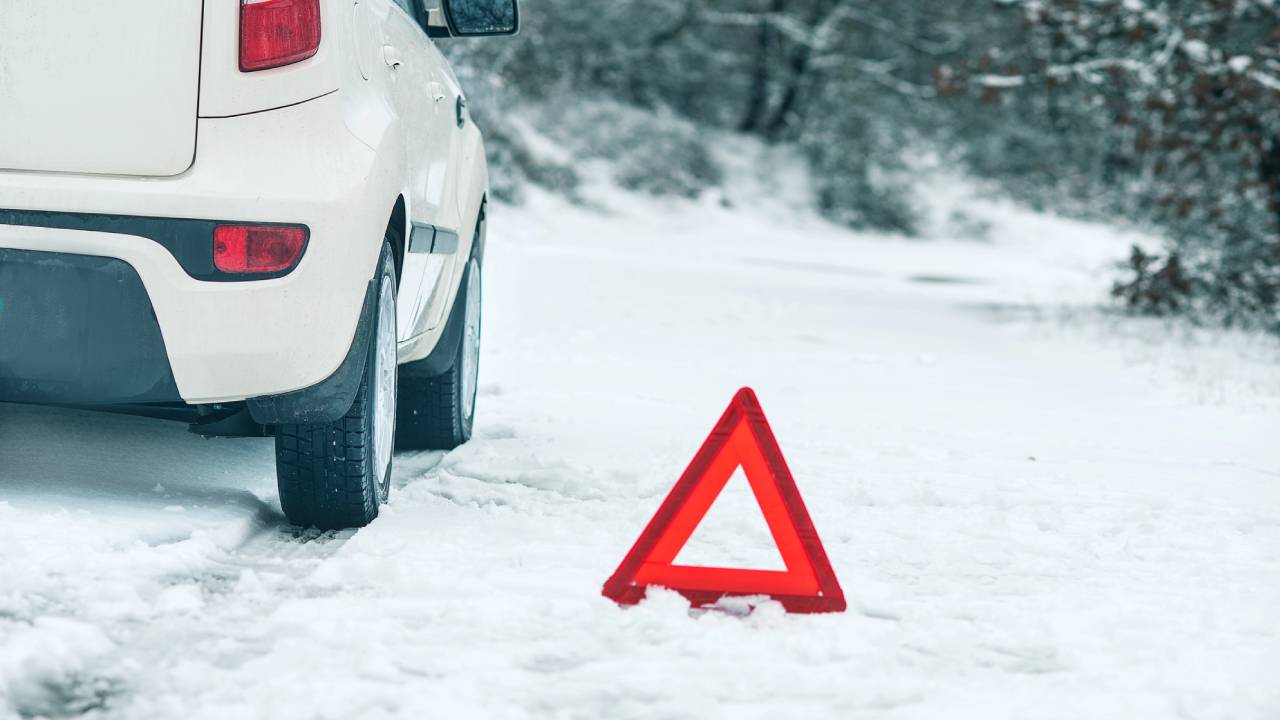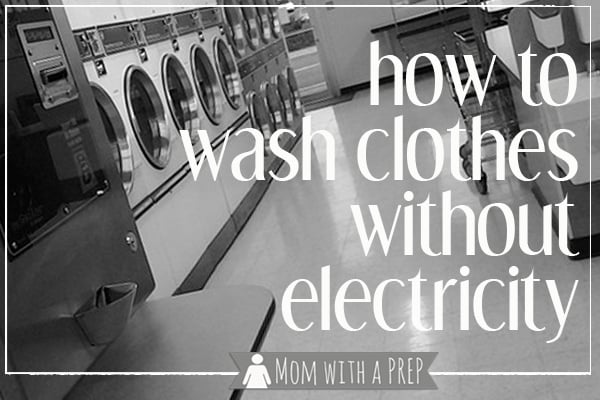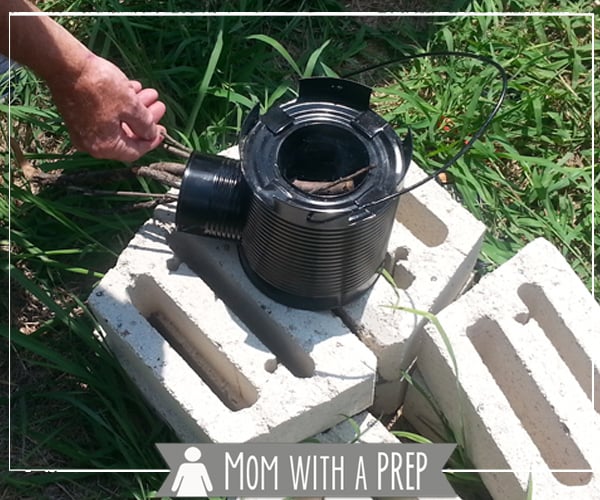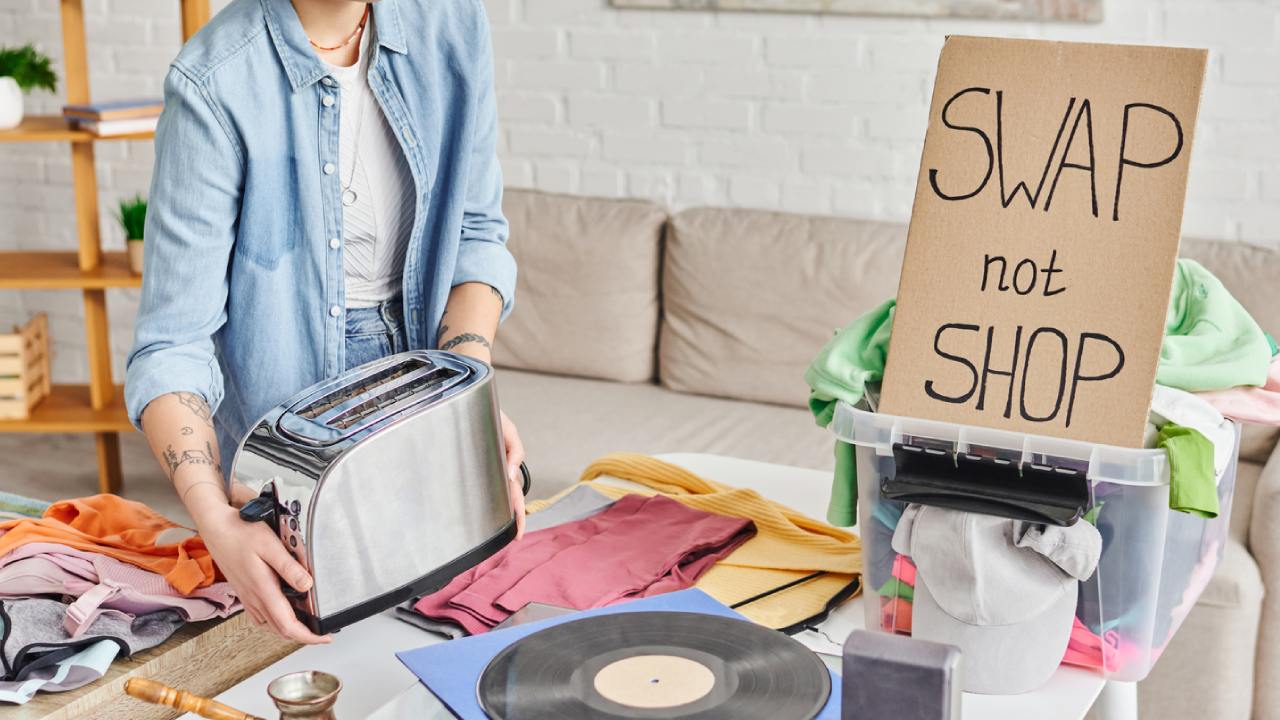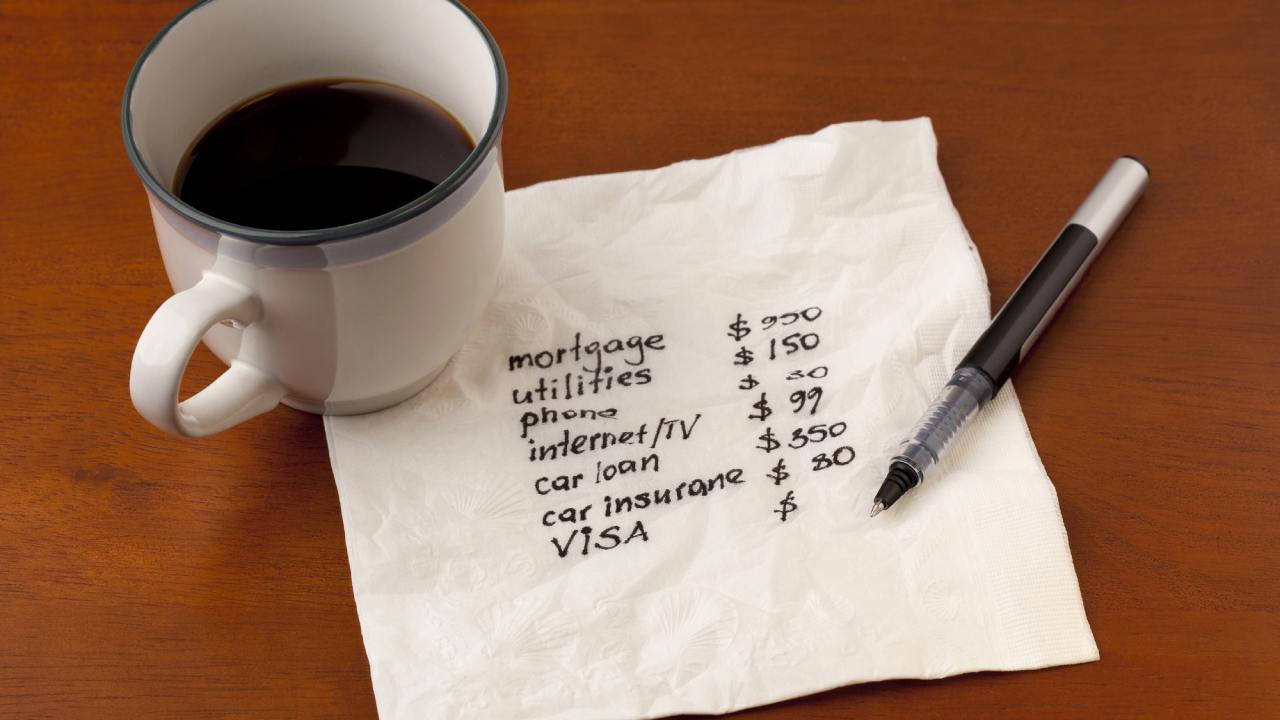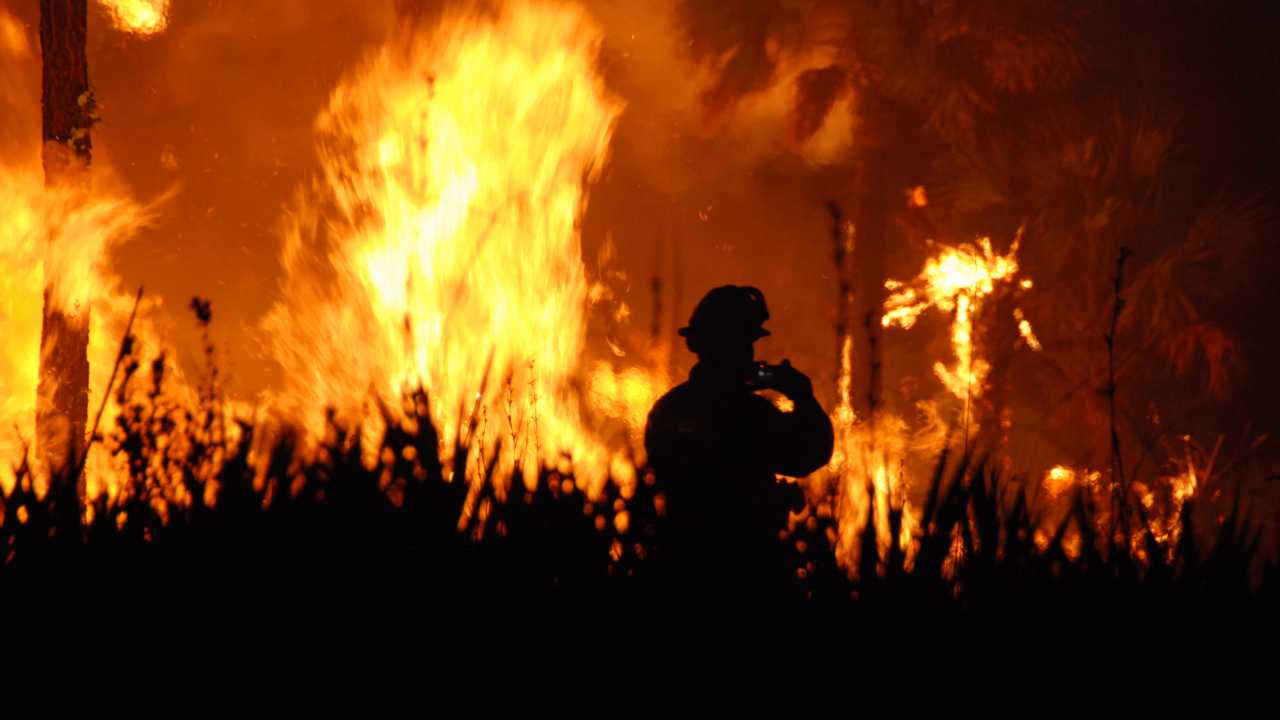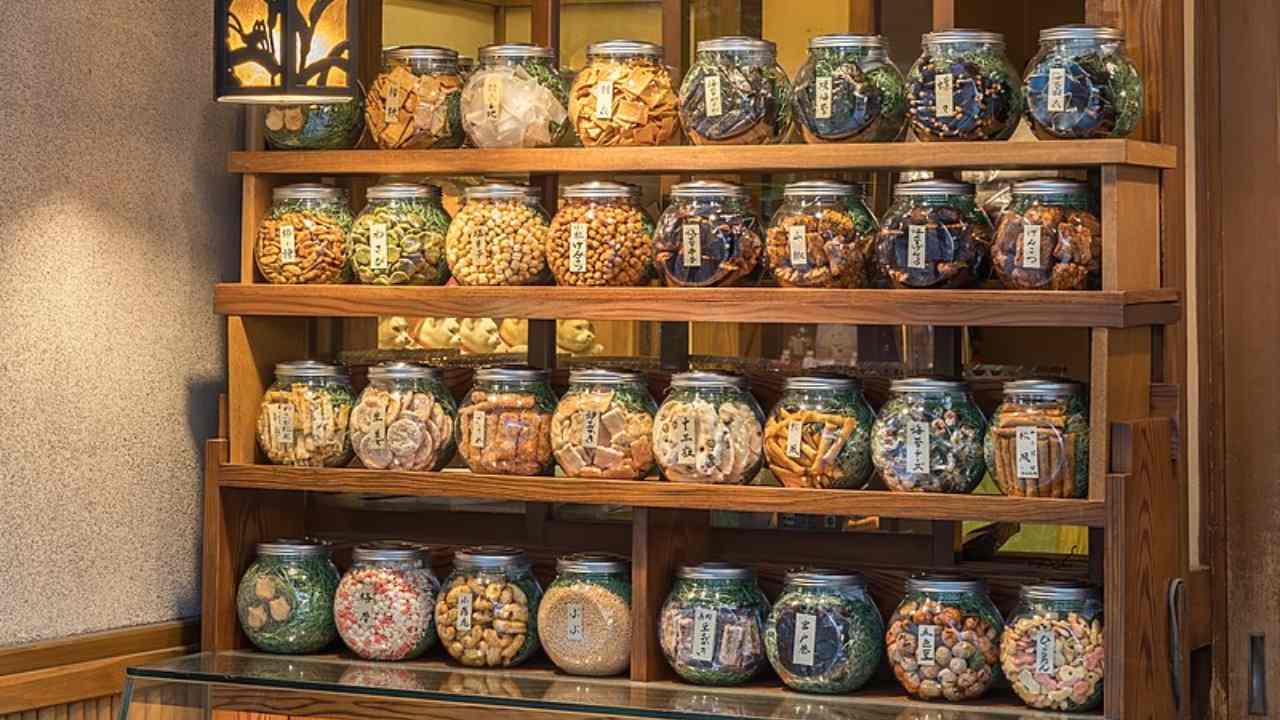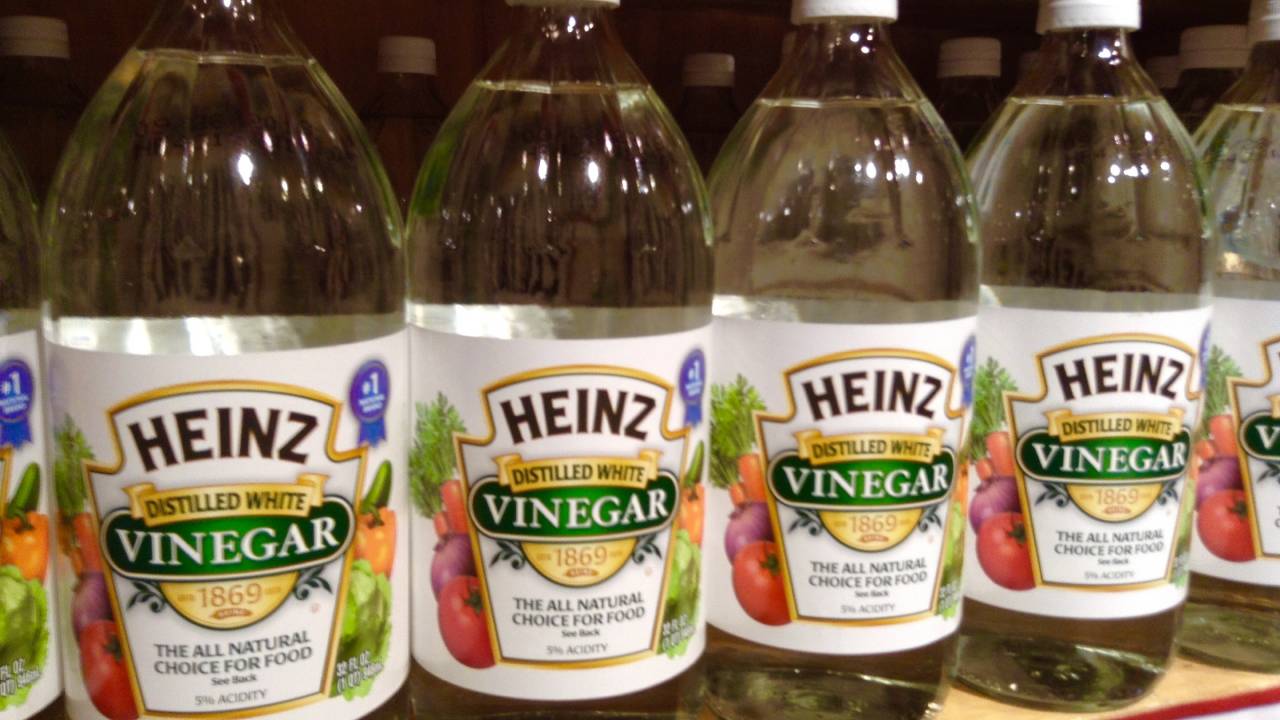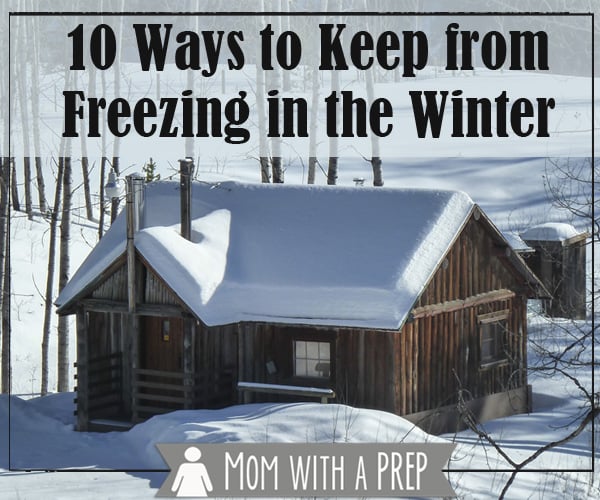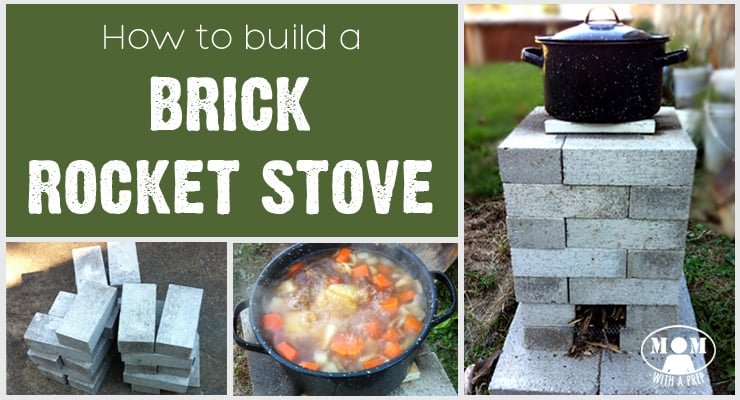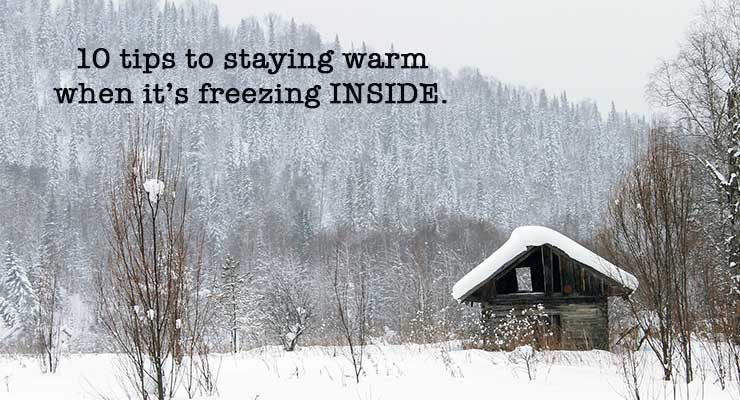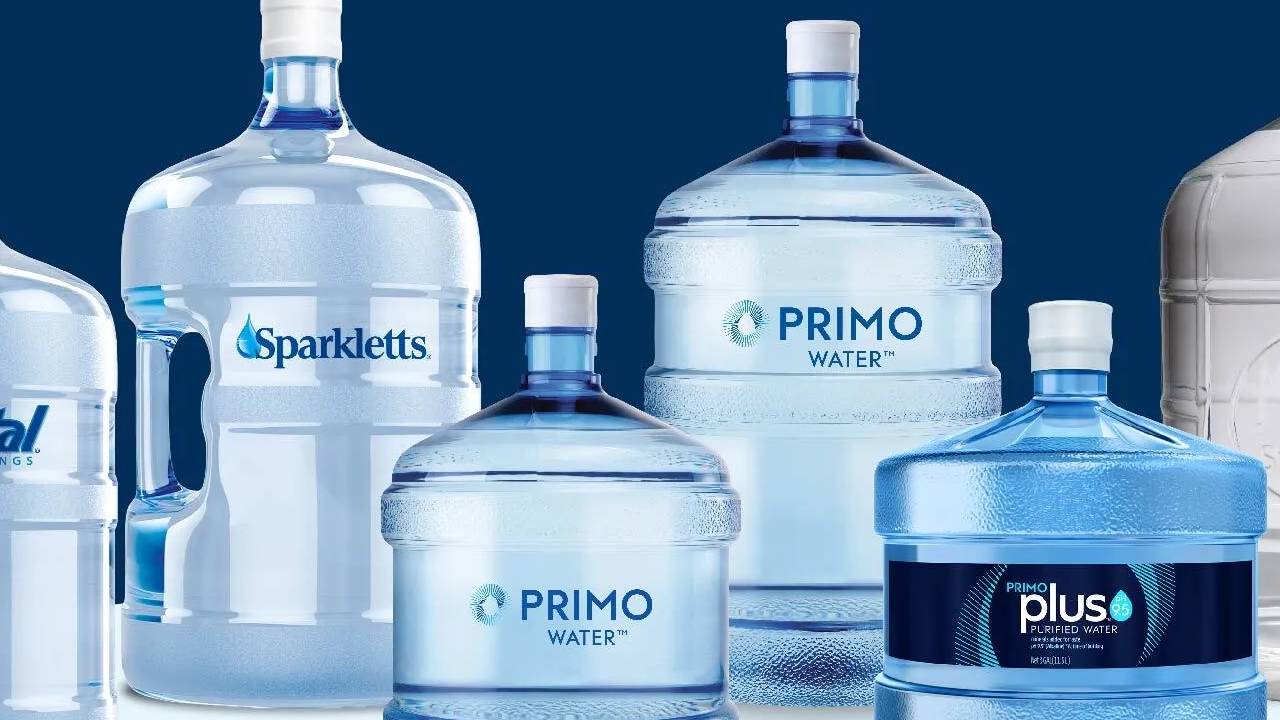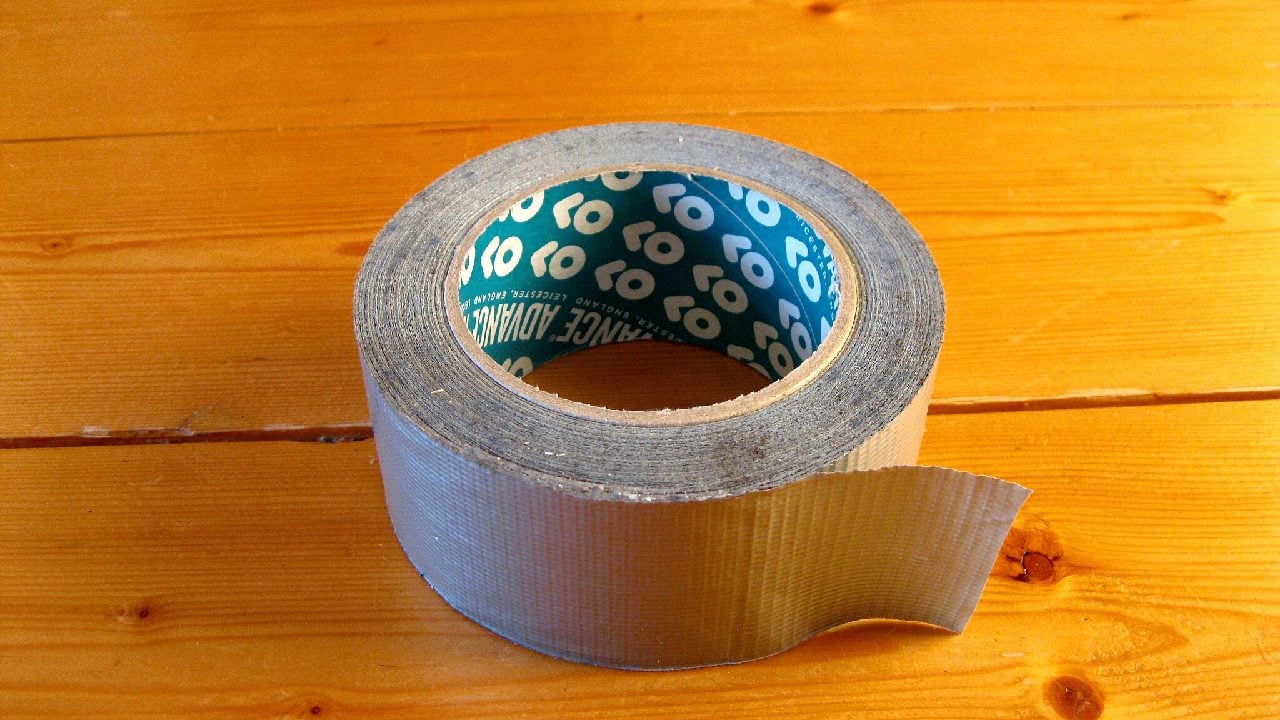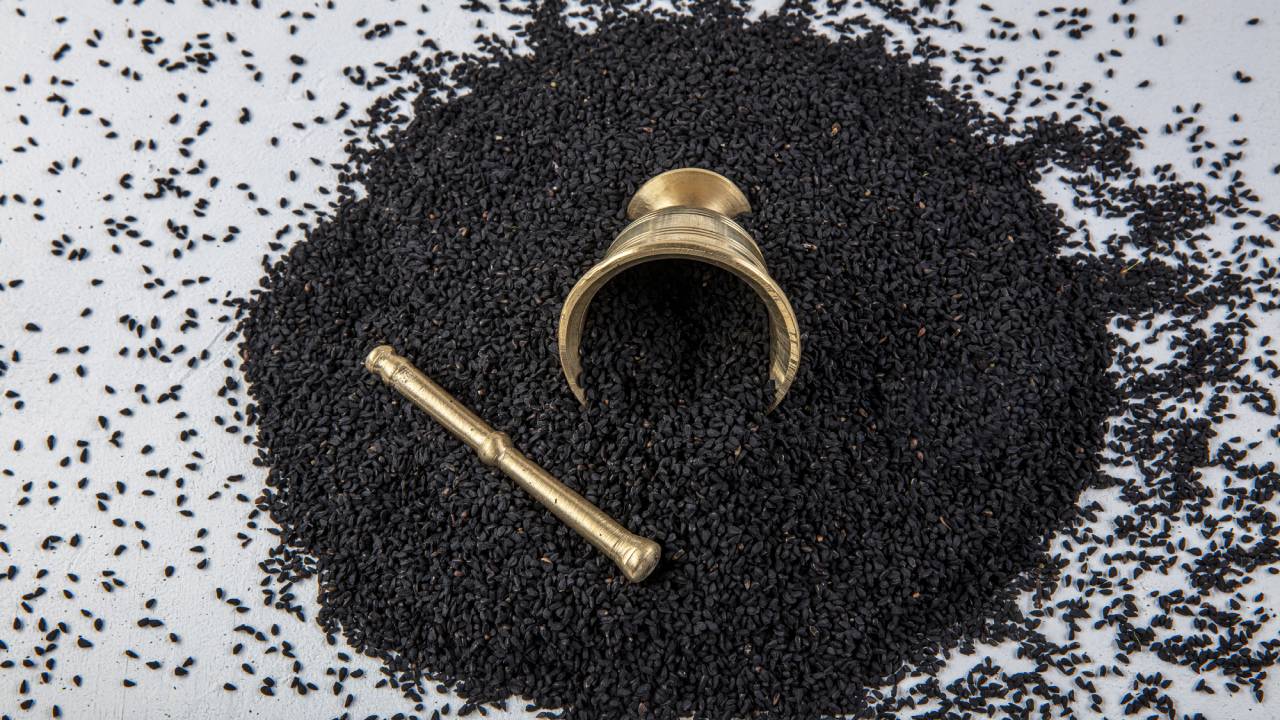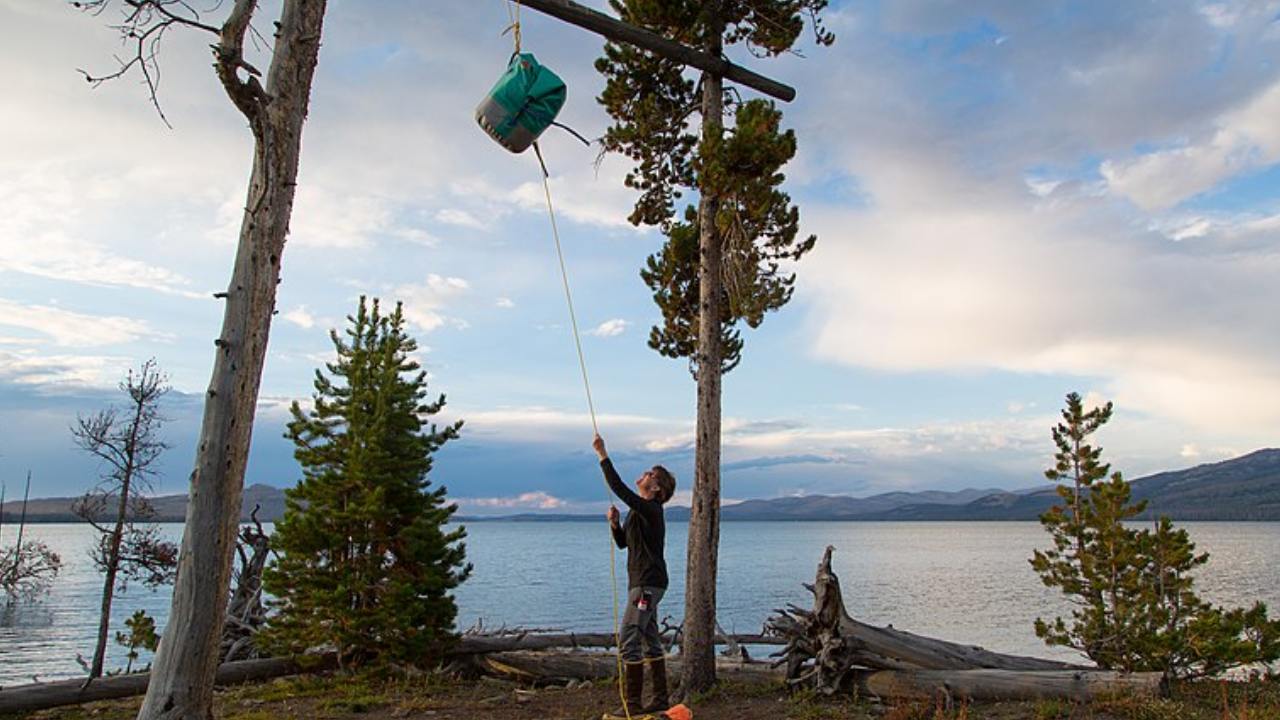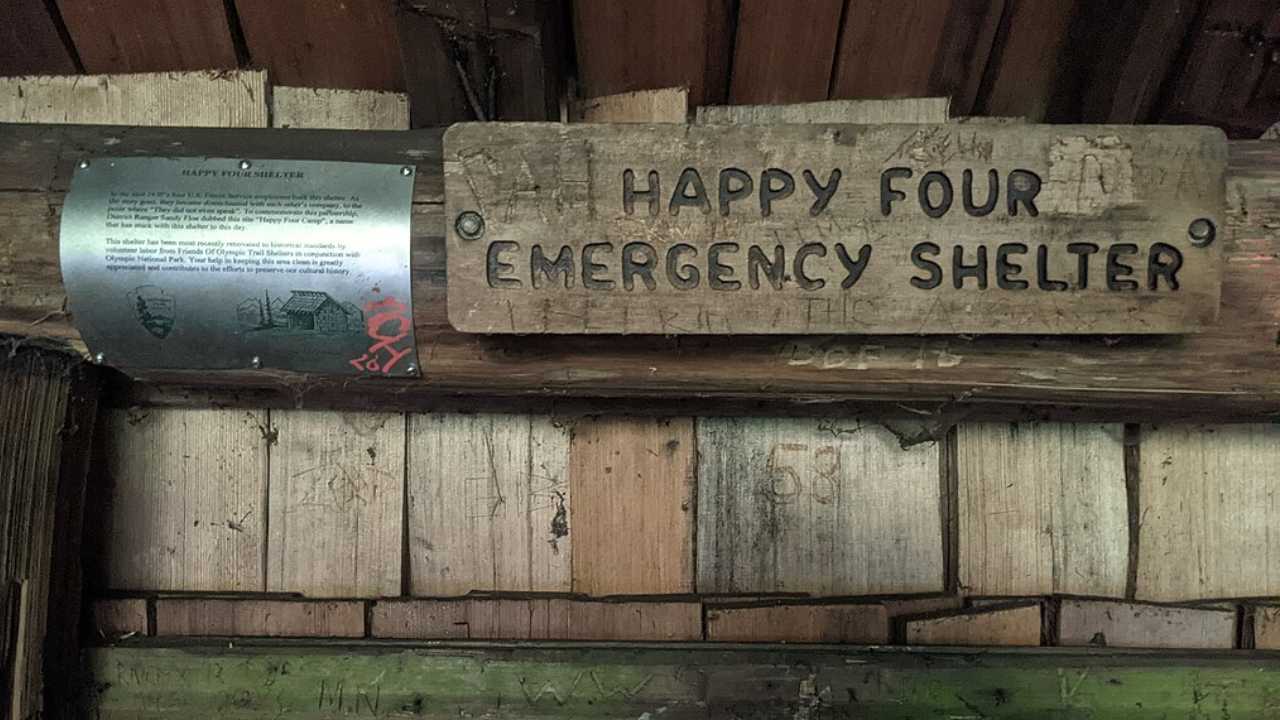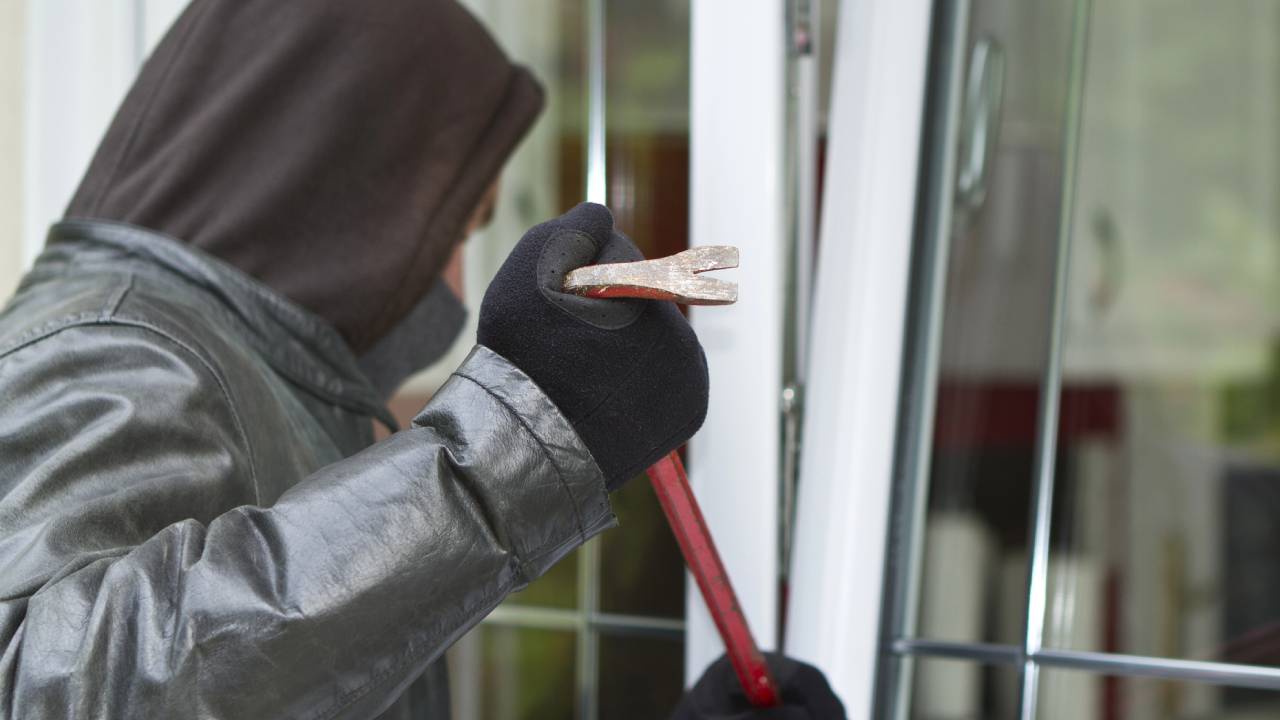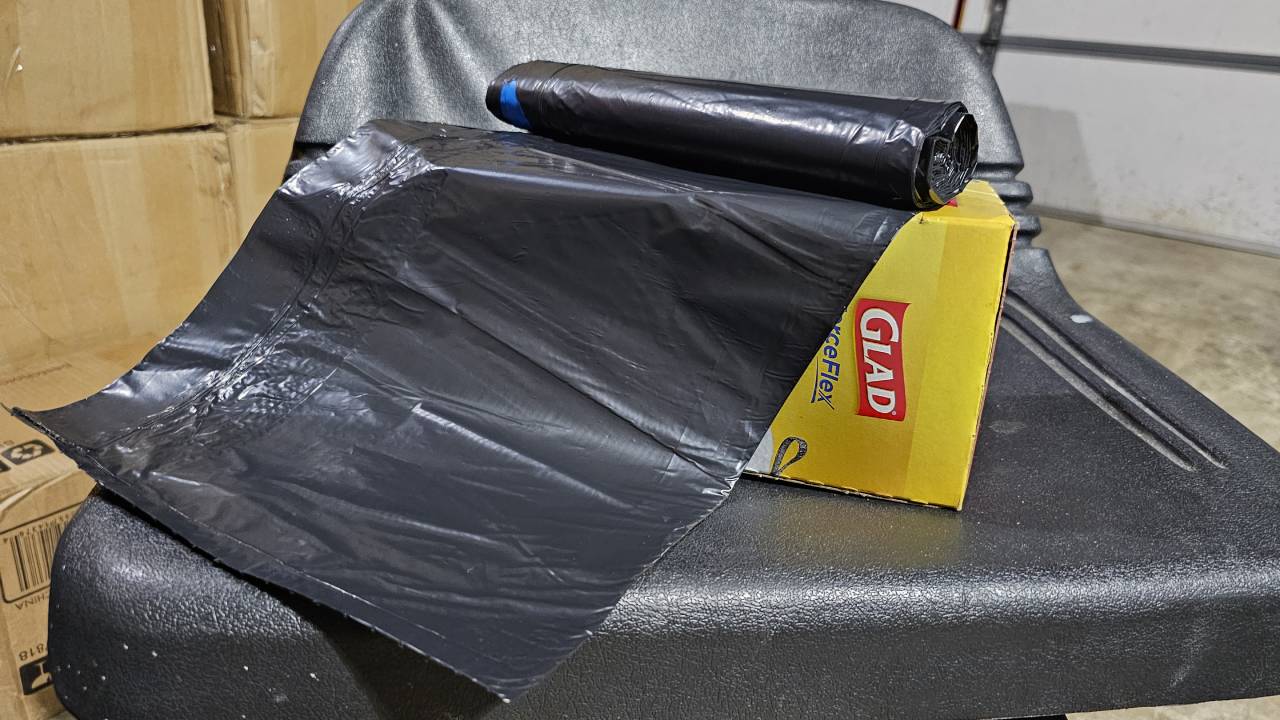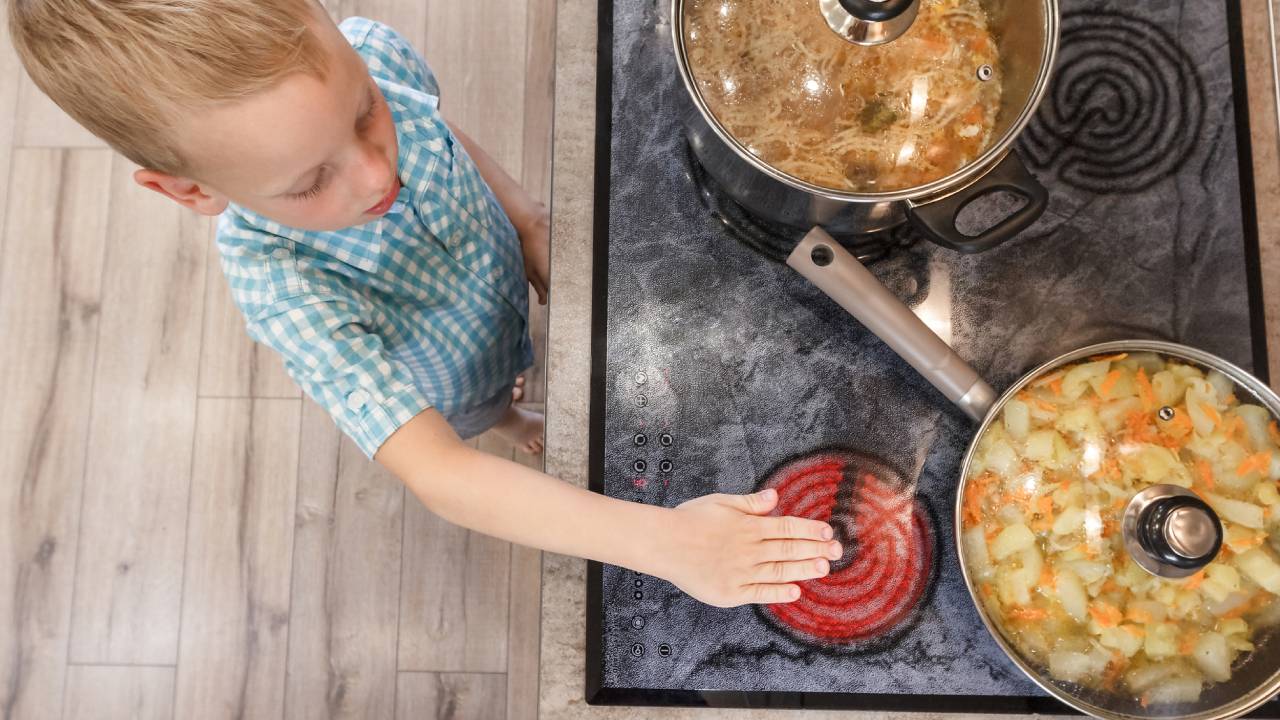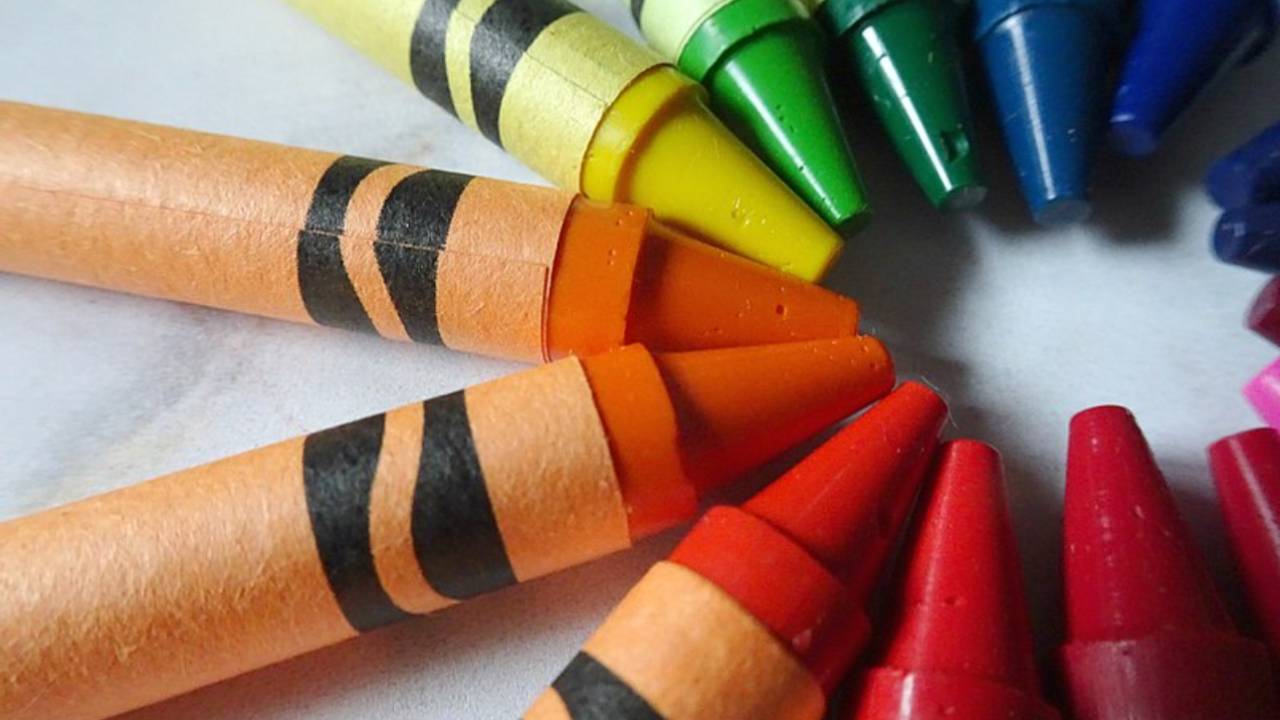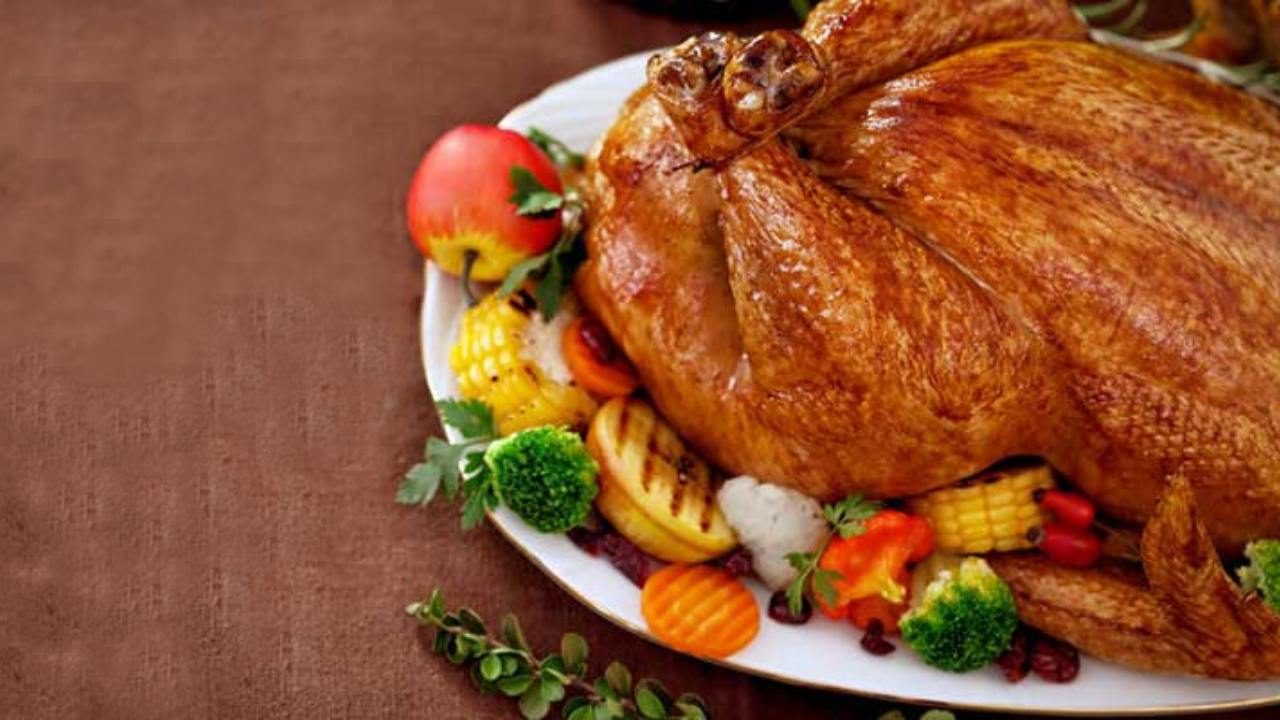Every year I have to reorganize my pantry at least twice – usually during the spring and fall. Our food choices change, our stockpiles change, we get new equipment, and everything has to change to accommodate it. So I’ve put together a list of organizing tips to help you with your challenges. Whether you’re an organizing pro or just getting started, I hope that one of these ideas helps you gain a little control over what can become preparedness clutter!
50+ ways to keep your food storage and supplies organized
1. Place items that are alike on the same shelf.
2. Store your most used foods where they are easiest to access.
3. Devise a system that works for you. I like to keep baking goods together, fruit storage together (canned and dehydrated), soups together, grains together, etc. Some folks like to alphabetize because it’s how their brain works. Don’t be afraid to try a few different ways until it clicks for you.
4. Mark expiration dates with sharpie in a clearly visible location
5. Rotate – first in first out is a good rule of thumb. It may be a pain after a shopping trip depending on what your shelves are like, but rotate through your food storage to ensure that you’re not stuck with old food. This even goes for that food you store but might not eat often (SPAM anyone?). Get it out of the cupboard occasionally and use it or donate it and bring in a fresh supply.
6. Label everything! Have you ever picked up a mystery package from the freezer and can’t identify it? Think back to when you put it in the freezer and thought, “That won’t be hard to figure out later…” LABEL IT! (and let me tell you – you can get totally obsessed with labeling everything in your house with this guy! But I also just use a piece of masking tape and sharpie, too!)
7. Oldest foods up front to use first – this isn’t just about rotation, but about setting your pantry up in the first place. You should keep the oldest food to the front so that you can use it quickly.
8. Use totes for organizing same kinds of foods or packing in meal plans. Here are just a few ideas:
- Keep a tote for sewing supplies
- Keep a tote for first aid supplies
- Keep a tote for cleaning supplies, etc.
- Emergency kits for each member of the family
Tip – don’t use the plastic totes for actual food storage unless you are sure that it is completely airtight when closed and free from pest invasion.
9. Use Food Grade 3 or 5 gallon buckets to store like items or “categories” or emergency kits. You can use the regular lids or invest in the Gamma Lids which help reduce oxygen and moisture from getting in. Here are just a few ideas:
- Store single grains
- Store emergency kits
- Store like categories
- Create monthly meal plans
10. Repackage bulk foods in mylar or vacuum seal into bags or canning jars
11. Repackage boxed items in more appropriate long term storage containers (vacuum sealed canning jars, mylar bags, vacuum sealed bags)
12. Use 55 gallon drums to store items – just remember a hand truck may be necessary to move, so be careful what you expect to store. There are a lot of different kinds of drums that can be used for hard goods as well as water. Keep an eye out and you may be able to get them for free! Just be careful to know their history and what was originally stored in them. You’d be amazed at how many clothes or linens you can store in a big drum.
13. Don’t store everything in one place. Store items throughout your house, in good storage areas where light and temperature fluctuations can’t hurt them.
14. Don’t store items that are sensitive to weather changes outdoors. Food products should be kept inside, but paper goods can be kept in outdoor storage as long as it is critter proof.
15. Keep a running list of your inventory always. Not only will it help you not overstock in an area and potentially waste money and resources, it will allow you to see weak areas and plan accordingly.
16. Label buckets, bags and unidentifiable containers not only with names and expiration dates, but cooking instructions, too. You can print out the instructions or write them on an index card and tuck that into your package or tape it to the outside. It’s handy to have it in your food storage binder, but even better to have it right on the package.
17. Don’t overstuff totes or buckets with more than you can actually carry by hand or by tool.
18. Utilize unused space to store
- Behind the sofa
- Under side tables
- Closet floors
- Under beds
19. Increase shelf space by putting a shelf above closet doors or adding shelves to dead space.

20. Utilize attic space for non-food items as long as stored in pest-resistant containers.
21. Utilize the back sides of doors with hanging racks to store more items.
22. Use a tackle box for emergency medical supplies and store under sink.
23. Use your stored coolers to store items in when not in use
24. Use a kid’s wagon to store and move storage throughout house (here’s our lesson on why we keep it!)
25. Use odd space in your home to install shelves and have extra storage space.
26. Line your open shelves. If you like using the pretty metal kitchen storage stations, use a thin sheet of styro-foam or plexiglass or other rigid material to line the shelves with to keep things from falling in between the slats. There are some specially made liners, but you could also use some of the inexpensive cutting boards you can get at the dollar store to convert, too (I did that for my Nesco Dehydrator, too!)
27. Try to use square storage canisters to not waste space – or at least try to organize with the same system to make storing on shelves easier.
28. Create shelving units unexpected places to add more storage. Think bin storage on your garage ceiling, removing the drywall and storing between studs, finding cubby holes in your house and putting in shelves.

29. Use bins from other storage systems (think garage or automotive) – Look how we used this magazine holder in our pantry.
30. Alphabetize things to make them easier to find.
31. Keep a notebook full of information on:
- What you have stored
- Where you have it stored
- Expiration dates or purchase dates especially for things like fuel, equipment, etc.
32. Use a color coding system for things like food, water, first aid, camping equipment, etc. If you’re doing something like bucket storage or tote storage, you can choose the Gamma lid or tote color for each segment of your storage.
33. Use a bookshelf with a pretty fabric covering the front to store things in boxes and baskets.

(I didn’t tuck in the sides as I’d just added stuff to it before taking this photo – and while the fabric isn’t pretty, it blends into our wall color naturally so it isn’t as noticeable when you walk into the room. Behind it we keep all sorts of food storage and other sundries. On the side with the lamp, I actually have a hook and loop tab that connects the fabric edge to the bookshelf that keeps it tidy.)
34. Use sturdy shelving units. Cheap ones will bow, warp or break
- Don’t store more on shelving units than suggested
- Don’t store heavy items on top of shelving units
- Brace shelving units to the wall, if possible, to keep them from falling
Take a Tour
Here are some pages and videos from other preparedness minded folk and their food storage areas. Hopefully this will give you an idea or some inspiration to get yours organized!
Take a tour of Megan’s food storage
Take a tour of Healthy Prepper’s storage
Bill’s Food Storage (with lotslof other tips, too)
![[Mom Prepared]](https://momwithaprep.com/wp-content/uploads/2024/12/cropped-momlogo-244x56.png)

